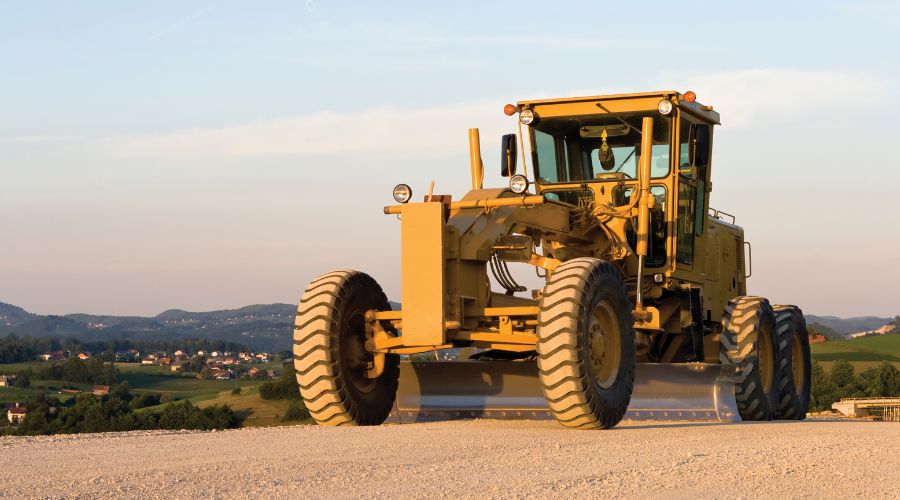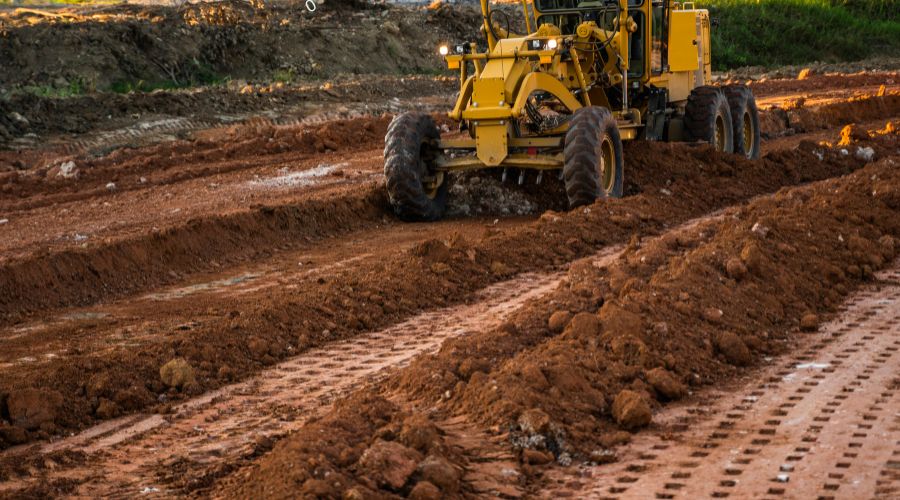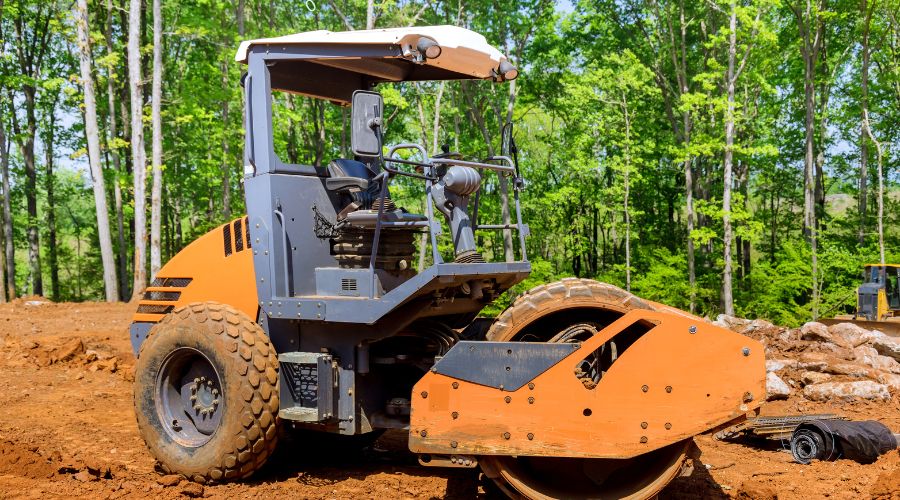A compact motor grader is the best option when it comes to powerful and adaptable heavy gear. These machines are ideal for operating in limited spots since they are more compact than traditional alternatives and provide a special combination of efficiency and flexibility. They are not only very flexible, but they also have a cost-effective benefit, which makes them a wise option for companies that are cost-conscious.
We’ll go over all the important things you should consider before making a compact grader purchase in our in-depth guide. In order to help you make an informed choice, we’ll go into further detail on features like power, size, and cost. This blog post provides all the information you need to make an informed decision about a small motor grader that fits your demands and budget, whether you’re an experienced contractor, a careful gardener, or a practical farmer. Let’s get started by providing you with all the information you need to find the ideal little motor grader for your company.
1. What Is a Motor Grader?

A motor grader, sometimes referred to as a road grader, is a powerful device used mostly for surface shaping and levelling. What sets motor graders apart is their ability to do this with precision, ensuring that surfaces are just right—not too steep, not too bumpy, just perfect. They accomplish this by placing a large, movable blade in between their front and rear axles. In order to create a level, well-graded surface, this blade can cut through materials such as dirt, stone, and asphalt and distribute them uniformly.
Motor graders play a crucial role in road maintenance, smoothing out rough patches and making your daily commute safer and less bumpy. In regions with heavy snowfall, they clear the roads, pushing the snow to the side and creating a safe path for your car. Additionally, they’re also key players in construction, ensuring that the ground is perfectly graded for building foundations and other structures. Agriculture and landscaping benefit from motor graders too, where they help level the land for better winter crop yield and create visually appealing landscapes. With the right attachments, they can tackle different tasks, from loosening compacted soil to compacting gravel.
2. Considerations When Buying A Compact Motor Grader

If you are planning to purchase a compact motor grader, there are several important factors that should be taken into account. Let’s take a look at those factors in order to assist you in making an informed and suitable choice:
1. Size
The size of the grader is crucial. Smaller graders are more flexible in tight spaces, making them ideal for urban or confined job sites. Larger graders, on the other hand, are better suited for more extensive projects that require increased power and blade size.
2. Power
The horsepower and torque of the engine have a considerable impact on the performance of a grader. Take into account the level of power required for your specific job. Larger engines are required for heavy grading duties, while smaller engines could be sufficient for minor applications.
3. Type of Job
Determine the primary purpose of the grader. Is it for road construction, landscaping, agriculture, or other tasks? Different jobs may require specific features or blade types, so ensure the grader aligns with your intended applications.
4. Hydraulics & Attachments
Check whether the grader can accommodate hydraulic attachments such as rippers, scarifiers, or snow ploughs. These accessories can significantly enhance the grader’s versatility, allowing it to handle a broader range of tasks.
5. Controls
Examine the grader’s control system for accessibility. Simple controls can boost operator efficiency and shorten your team’s training cycle. Consider ergonomic design and user-friendly features.
6. Tyres & Treads
The grader’s tyres or treads can affect its performance in varied conditions. Choose the right tyre or tread design based on the ground conditions where you’ll be operating the grader.
7. Price
Set a budget for your grader’s purchase and stick to it. Compact motor graders vary in price, so finding one that offers the best value for your specific needs is crucial. Consider not only the original purchase price but also the ongoing maintenance costs.
8. Buy from a Reputable Dealer
Choose a trusted and reputable dealer or manufacturer. A reliable dealer can provide excellent customer support, spare parts availability, and maintenance services. They can also offer warranty coverage, ensuring your investment is protected.
9. Test Several Models Before Choosing
Before making a final decision, test several models. Operate the graders in conditions similar to your job site to assess their performance, comfort, and ease of use. This hands-on experience can help you select the most suitable grader for your requirements.
3. What Are Graders Used For?

1. Foundation Preparation: Because they prepare the ground for building foundations, compact motor graders are essential in the construction industry. They guarantee that the earth is level and adequately compacted, which makes it stable and able to support the weight of constructions like roads, bridges, and buildings.
2. Agricultural Land Preparation: Compact graders are used by farmers to get their fields ready for planting. They encourage uniform irrigation and effective agricultural development by levelling the field. This prevents uneven water distribution, which not only increases crop output but also conserves water resources.
3. Terracing: Terracing is a technique used in landscaping and agriculture to create level, horizontal surfaces on sloping terrain. These terraces assist in controlling soil erosion, minimising runoff, and maximising land use for growing crops or creating gardens. They are created with compact motor graders.
4. Race Tracks: Tracks designed for motor racing must be extremely accurate for reasons of performance and safety. Compact graders assist in keeping these tracks maintained to the precise requirements needed for racing events.
5. Earthmoving: Compact graders are adaptable enough to move significant amounts of dirt and materials around building sites in addition to grading and levelling. When you have a lot of dirt and stones or need to remove rubbish, this is especially helpful.
6. Land Restoration: Compact graders are used to raise the ground level by dispersing materials in locations where land needs to be reclaimed, such as coastal regions. This method converts formerly unusable land into functional space for development or agriculture.
4. Different Sizes Of Motor Graders

Motor graders come in a wide range of sizes and operating weights, making them suitable for diverse applications across the construction and heavy equipment industries. The size of these graders can vary significantly based on different project requirements. Their operating weight can range from approximately 40,000 pounds to 165,000 pounds. Let us take a closer look at some popular brands of motor graders, each with its own respective operating weight and power.
| John Deere | Power (HP) | Operating Weight (lb) |
|---|---|---|
| 620G/GP | 215 | 40,400 |
| 622G/GP | 225 | 42,108 |
| 670G/GP | 235 | 42,395 |
| 672G/GP | 255 | 44,092 |
| 770G/GP | 255 | 42,825 |
